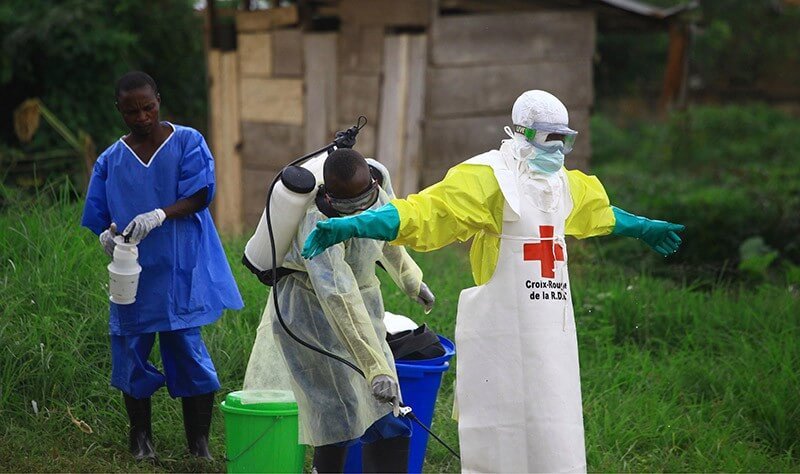The first sign that viral genomics might transform epidemiology came in the wake of the 2013-16 Ebola epidemic in West Africa. For the first time, on-the-ground, same-day genetic sequencing allowed epidemiologists to examine the genome of the virus as it spread.
…
Biostatisticians had used viral genomes to piece together the family tree of the Ebola outbreak, and then used that family tree to map the Ebola virus as it spread.
…
[B]y the time the novel coronavirus emerged in late 2019, the global health community was ready to dig into its genes.…
[T]he virus is particularly difficult to track from its genome, as it mutates more slowly than other diseases. And because it spreads so quickly, even a few days of lag time in testing and sequencing can be too slow to contain an outbreak.…
As testing has become more widespread and the CDC rolls out a national sequencing partnership, studies have begun to show missed opportunities to contain the virus.
…
Eventually, these findings will help bring future waves of the coronavirus under control, [said the CDC’s Duncan MacCannell]. “The one thing that I think is going to be different about this epidemic is the amount of rich genomic data that’s going to be out there in the public domain.”































